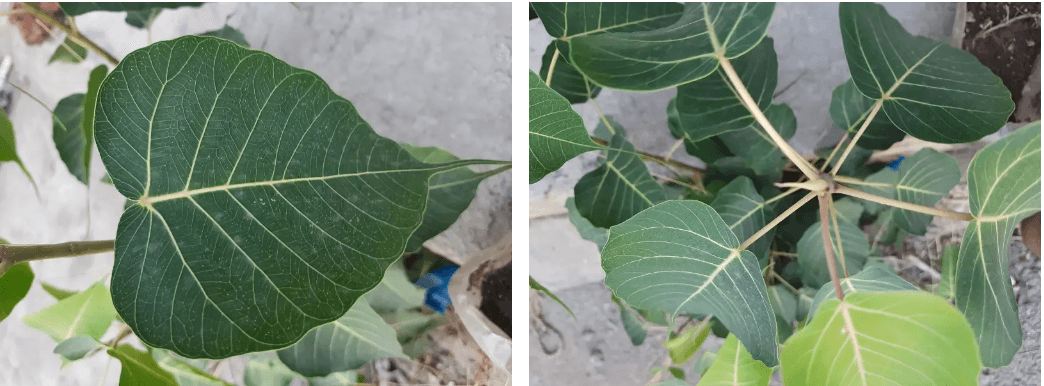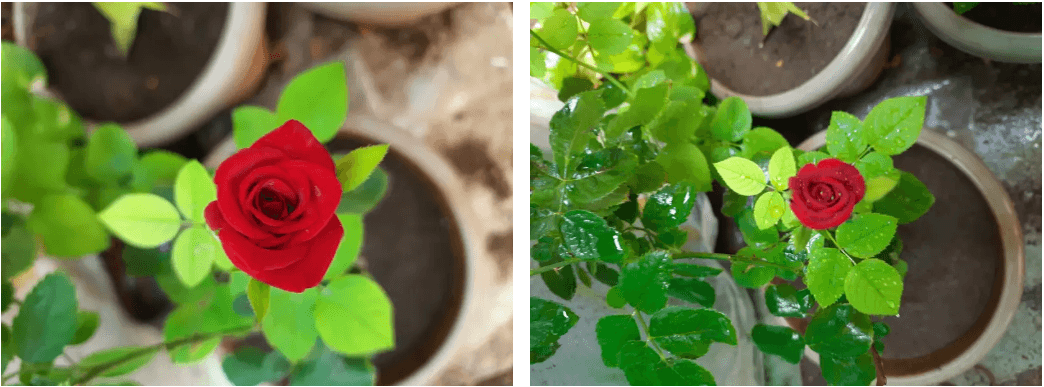
Vishwadeep Mane
Plants are the ‘givers’ in the “giver-taker” relationship that exists on our planet. The ones who pioneered life on our blue dot are today at the risk of extinction. We need a Renaissance of understanding the importance of these unconditional givers.

Ficus religiosa or sacred fig/peepal tree: The plant is best known for its shape, the intricacy of the fractals in leaf and the mechanical forces generated by its root tips that can pierce concrete and survive on minimal water.
Photo by VM
Autumn reminds me of flamboyant colours in the plant foliage. Why would a plant invest its energy in showcasing colours when its food-producing factory of leaves is about to shed itself? It looks like an orchestrated process. Some plants go for yellow, some for fiery red. Many people have come forth to describe the underlying principles behind this vibrant melodrama. One reason from ecologist Abby Berg at the University of Vermont seems plausible and convincing: the colours act as a sunscreen. They protect the leaves from undergoing potential damage before the nutrients are transported back into the tree.

Rose plant blooming in the scorching heat (45 degrees) shows a contrast of colours and its arrangement of leaves on the stem (aka phyllotaxy).
Photo by VM
Apart from these fiery colour-shows, plants also embody nature’s mathematics. The arrangement of the leaves on a stem or branch is at a geometrical angle of 137.5 degrees – also called the golden angle, which is derived from the Fibonacci series and the golden ratio. Miltos Tsiantis and colleagues of MPI [for Plant Breeding Research], Cologne, Germany, put forth simulation experiments showing the importance of this angle in maintaining optimal light capture intensity, avoiding overlap and ensuring maximum productivity. Plants also exhibit the golden ratio in fractals — complex patterns found across scales of life (and math!) Intricate fractals are also represented in leaves – a leaf devoid of tissues except for the midrib and veins resembles a mini tree.
How do plants communicate with each other? They have evolved a strategy for this too. Some plants are known to use fungal networks in their roots to communicate through special molecules. These communication highways are a wonderful way to convey the status of metabolism and stress, as our own social media!
The most indispensable significance that many plants have in our life is as a remedy or medicine. Many medicines are plant-derived molecules. The plants in their native or processed forms are given as a remedy to various ailments. Recent reports suggest a complex involvement of microbial partners in making plant-based medicine into forms more efficiently absorbed into the body.
The beauty, the geometry, the colours and the diversity.
The rain that falls, the air we breathe and the food we eat, would be an impossible feat without the amazing diversity of the plant world.
This piece is dedicated to the ingenuity of their world!
Edited by: Hansika Chhabra





